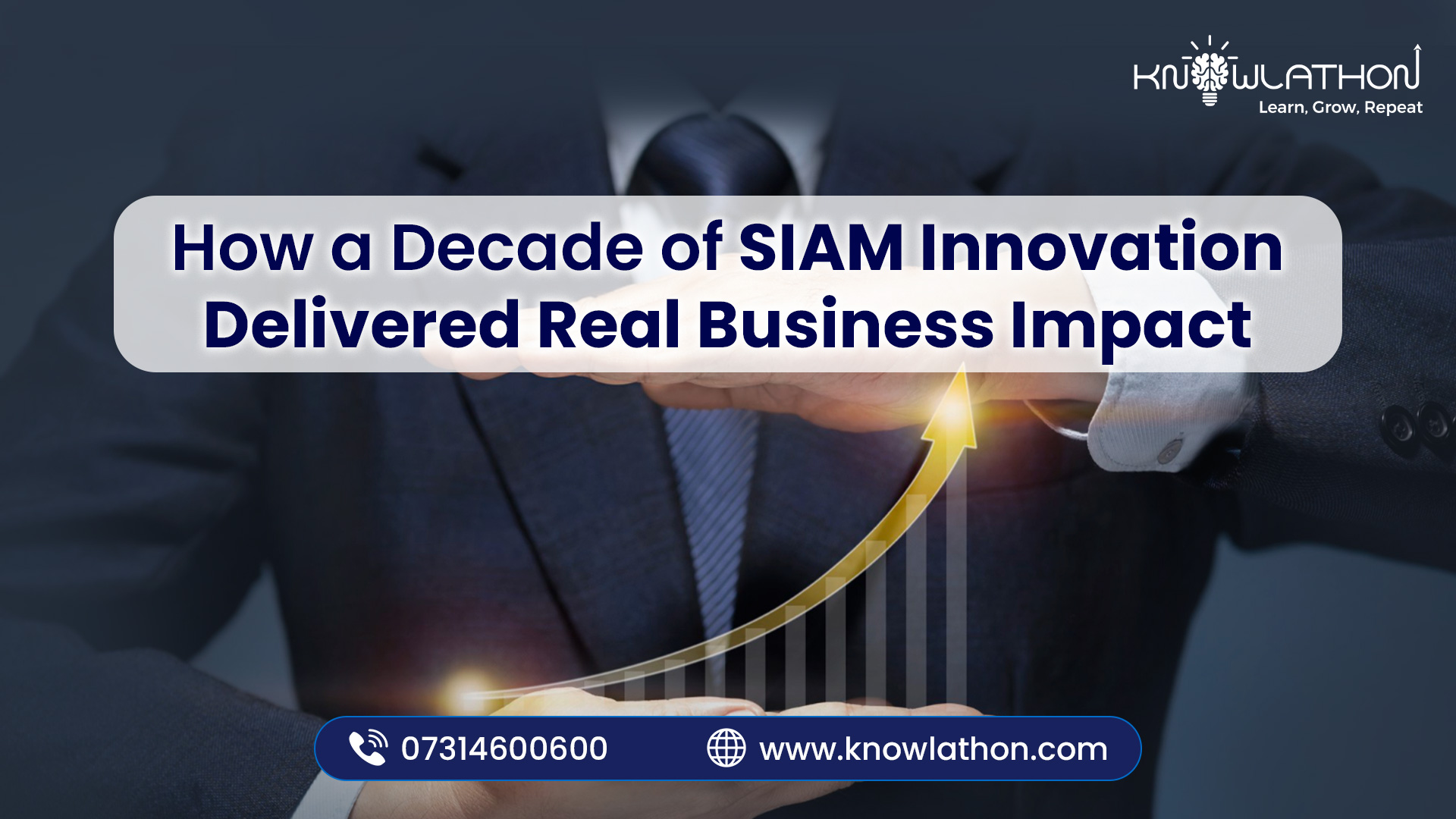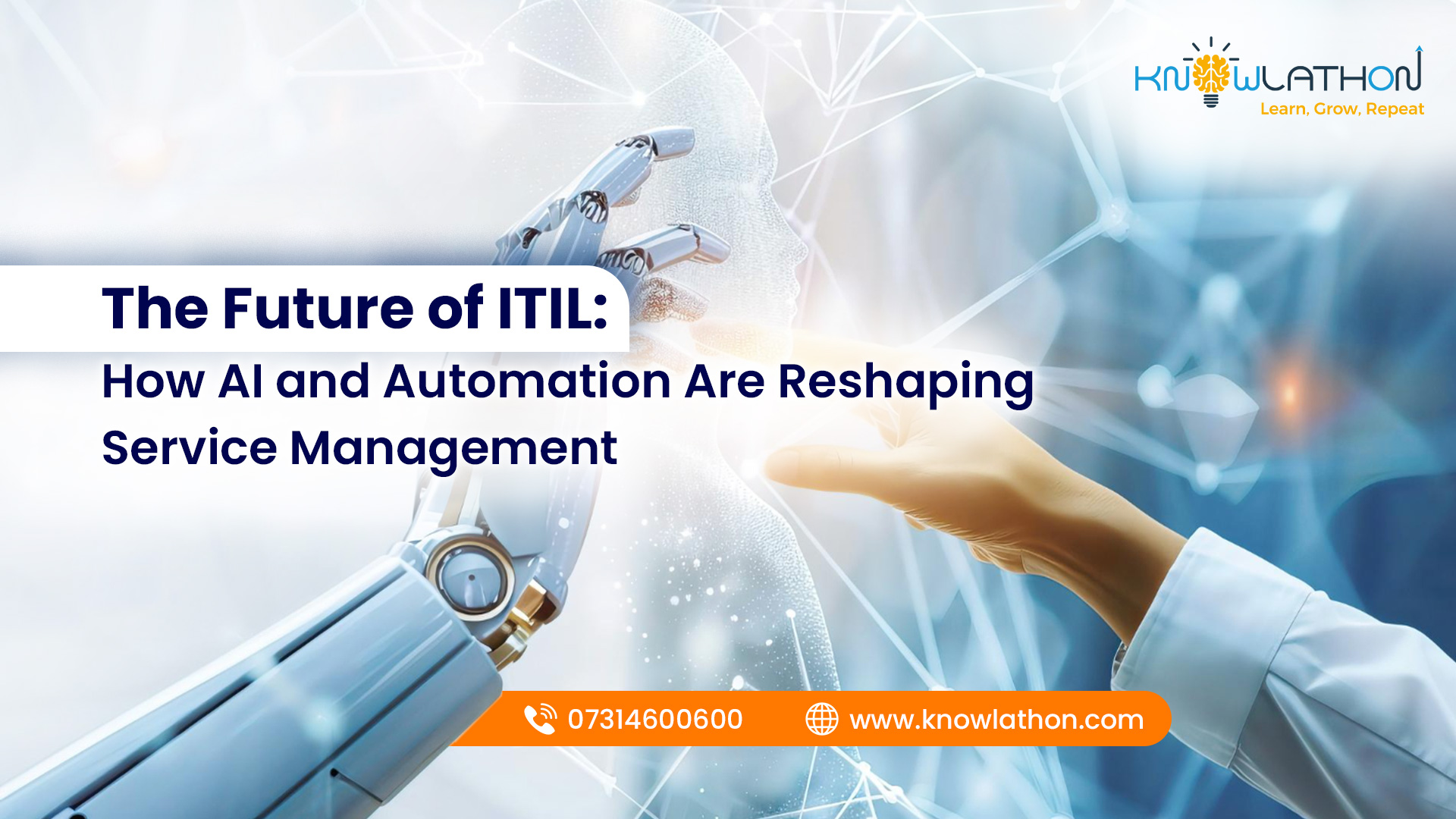How a Decade of SIAM Innovation Delivered Real Business Impact

In today's hyper-connected business landscape, organizations grapple with sprawling IT ecosystems—hundreds of applications, thousands of devices, and a web of multi-supplier relationships that can feel more like a tangled knot than a strategic asset. Enter Service Integration and Management (SIAM), the framework that's been quietly revolutionizing how enterprises orchestrate these complexities. Over the past decade, from roughly 2015 to 2025, SIAM has evolved from a niche IT governance concept into a powerhouse of innovation, delivering tangible business impact through streamlined operations, cost efficiencies, and enhanced agility. This isn't just theory; it's proven in real-world SIAM success stories that showcase how thoughtful SIAM implementation turns multi-vendor chaos into competitive advantage. Let's dive into how a decade of SIAM innovation has reshaped IT service delivery and driven measurable value.
The Evolution of SIAM: From Niche Framework to Strategic Imperative
A decade ago, SIAM emerged as a response to the pitfalls of multi-sourcing. As companies increasingly adopted best-of-breed providers to avoid vendor lock-in, they faced new headaches: siloed processes, finger-pointing during incidents, and fragmented visibility into service performance. Back in 2015, early adopters like global enterprises were experimenting with basic integration models, often layering SIAM atop existing ITIL practices to coordinate suppliers. But SIAM wasn't static—it adapted.
By the mid-2010s, innovations like the SIAM Foundation Body of Knowledge formalized its structure, emphasizing four key stages: Discovery and Strategy, Plan and Build, Implement, and Run and Improve. This roadmap addressed the gaps in traditional IT service management (ITSM), shifting focus from single-supplier silos to end-to-end accountability. As ITIL v4 rolled out around 2019, SIAM integrated seamlessly, incorporating value co-creation, DevOps, and Agile principles to support faster, more collaborative service delivery.
The 2020s accelerated SIAM's maturity. The rise of hybrid work, cloud proliferation, and AI-driven automation demanded more than coordination—they required predictive governance. Enter hybrid SIAM models, blending internal oversight with external integrators, and tools like unified dashboards for real-time KPI tracking. By 2025, SIAM has become synonymous with resilience, with reports highlighting its role in optimizing Total Cost of Consumption (TCC) over traditional Total Cost of Ownership (TCO), measuring not just spend but value per service unit. This evolution underscores SIAM's real-world impact over 10 years: from reactive firefighting to proactive, value-driven ecosystems.
Key SIAM Innovations: The Building Blocks of Business Transformation
What fuels this decade of SIAM innovation? At its core, SIAM introduces a service integrator role—a neutral orchestrator that aligns disparate providers around shared goals, reducing risks and enhancing flexibility. Unlike rigid hierarchies, this model fosters collaborative governance across strategic, organizational, and tactical levels, ensuring no single supplier dominates.
Technological leaps have supercharged SIAM implementation. Automation platforms now embed AI for proactive incident management, slashing resolution times by predicting issues before they escalate. For instance, integrated service management systems (like those combining Jira and ServiceNow) enable seamless ticket routing across providers, eliminating manual handoffs and boosting first-call resolutions. Standardization of processes—drawing from ITIL but tailored for multi-vendor setups—has also been pivotal, with clear KPIs for SLAs, supplier interoperability, and knowledge sharing.
Moreover, SIAM's emphasis on cultural shifts can't be overstated. Over the years, certifications from bodies like EXIN have upskilled teams, promoting a "one-team" mindset that transcends organizational boundaries. These innovations aren't siloed; they compound. A 2025 RadarView report notes that mature SIAM adopters see 20-30% reductions in management overhead, freeing resources for innovation. The result? SIAM business impact that ripples beyond IT to revenue growth and customer satisfaction.
SIAM Success Stories: Real-World Proof of Impact
Nothing illustrates the real-world impact of SIAM over 10 years like compelling success stories. These implementations highlight how SIAM turns theoretical frameworks into bottom-line wins.
Take Lloyd’s Register (LR), a 260-year-old maritime giant operating in 171 countries with over 4,000 users and 300+ applications. In the early 2020s, LR's fragmented supplier ecosystem led to siloed processes and sluggish root-cause analysis. Partnering with HCL Tech for an Enterprise SIAM framework, they introduced a Joint Way of Working (JWOW) that unified vendors, embedded automation, and prioritized proactive monitoring.
The outcomes were transformative: a 60% reduction in aging incidents, 98% change implementation success, and a 50% drop in high-priority repair times. User satisfaction soared to 97%, with knowledge base utilization hitting the same mark—proving SIAM's power in fostering agility and first-contact resolutions. As EXIN CEO Wouter Knigge notes, "SIAM expertise creates more value in multi-supplier ecosystems," a sentiment echoed in LR's renewed IT confidence.
Another standout is a global pharmaceutical company managing 10+ IT providers across locations. Pre-SIAM, mismatched SLAs and irregular processes delayed growth initiatives. By adopting an external integrator model with ITIL-backed coordination and a shared reporting platform, they achieved 40% better SLA adherence and 65% faster vendor coordination—directly accelerating product launches and boosting user satisfaction.
In the public sector, a government agency tackled legacy infrastructure and supplier silos with a hybrid SIAM approach, including a new dashboard for visibility. This yielded a 30% faster incident resolution and seamless modernization without disruptions, enhancing compliance and transparency. Across industries—from telecom firms cutting conflicts by 30% to banks improving complaint handling by 40%—these SIAM success stories reveal a pattern: unified integration drives efficiency and innovation.
Quantifying the Business Impact: Beyond the Numbers
The decade's SIAM innovations have delivered profound business impact, backed by hard metrics. Organizations report 25-40% reductions in downtime and costs, alongside 30-65% improvements in resolution speeds. This translates to millions in savings: one healthcare provider slashed IT expense through duplication elimination, while telecoms enhanced SLA compliance to retain customers.
Yet SIAM's value extends to intangibles. By mitigating risks in multi-sourcing, it prevents vendor lock-in and enables best-of-breed expertise at lower costs. User-centric metrics shine brightest—97% satisfaction in cases like LR's—fostering a culture of continuous improvement. In essence, SIAM shifts IT from cost center to value engine, with Return on Value (ROV) metrics capturing holistic gains like agility and innovation velocity.
Looking Ahead: SIAM's Enduring Legacy
As we mark a decade of SIAM innovation, its real-world impact is undeniable: from taming multi-supplier beasts to unlocking strategic agility. For leaders eyeing SIAM implementation, start small—pilot incident management—then scale with certified expertise and automation. The success stories prove it: in a world of accelerating change, SIAM isn't just a framework; it's the integrator of tomorrow's business triumphs.
Whether you're in pharma, finance, or public service, embracing SIAM means harnessing a decade's worth of lessons for your own transformation. The future? Even more AI-infused, ecosystem-wide integrations that keep pace with digital evolution. Ready to integrate and elevate?





